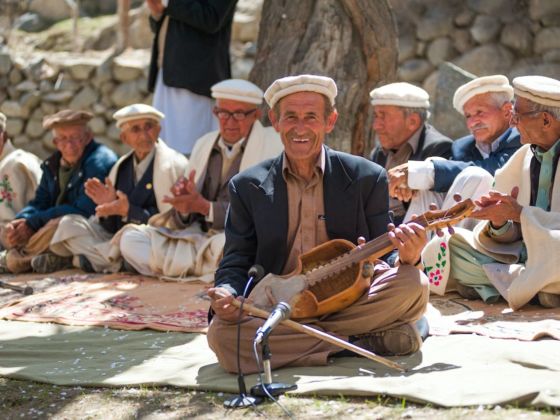“Sardar ji, Memsahib has arrived.”
I suppress a cringe at being identified as the “white foreign woman.” Memsahib is my least favorite Urdu label. I’ve gotten somewhat used to the staring, the whispering of “Dekho! Ghori larki hai!” (Look! It’s a white girl!), and constantly being referred to as Angrez or British. I often surprise my admirers by cheekily responding to them in Urdu that I am not British, but am in fact American.
